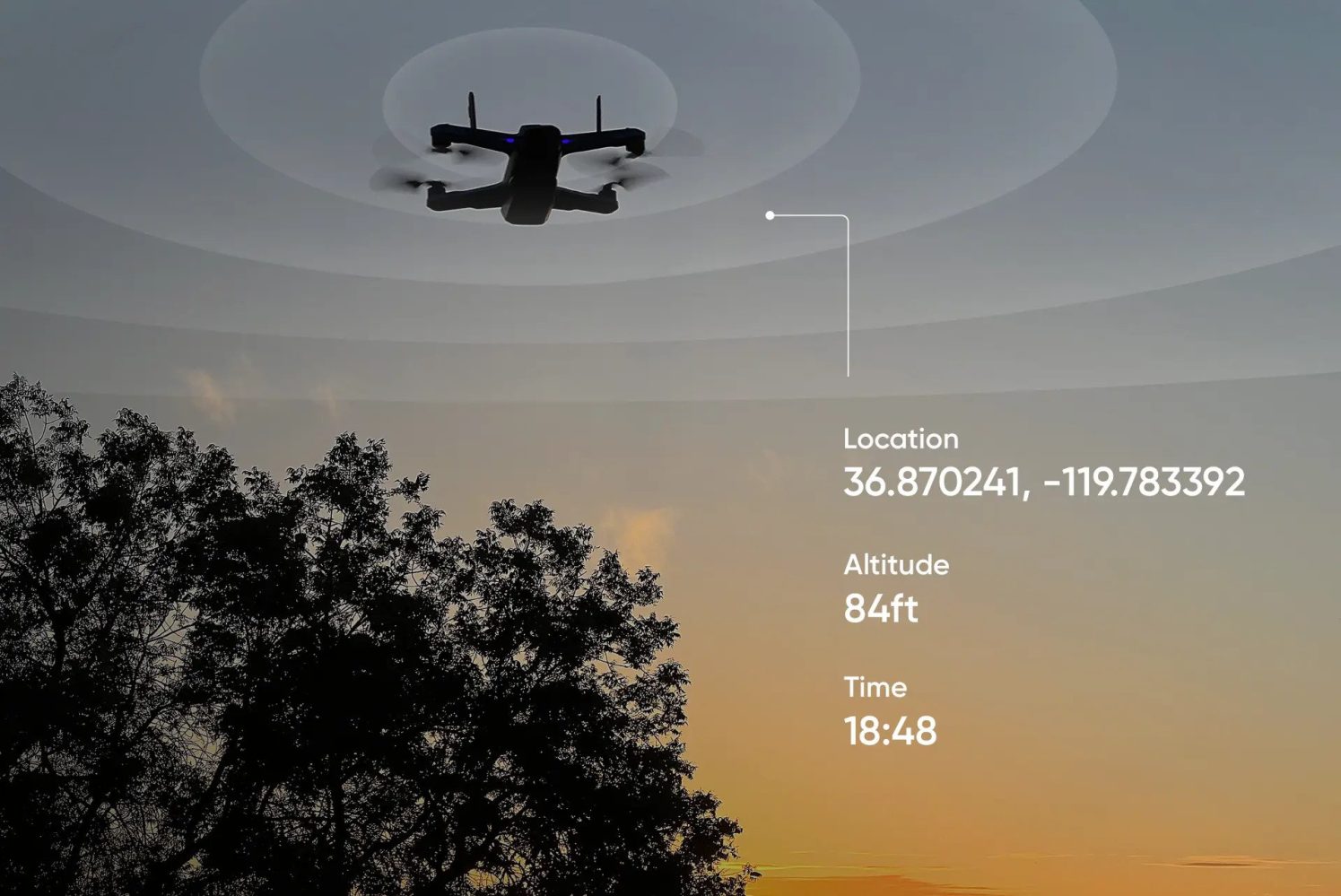
The Commercial Drone Alliance (CDA) and the Association for Uncrewed Vehicle Systems International (AUVSI), both prominent organizations in the commercial drone industry, have jointly issued a guidance document to help drone operators stay compliant with the Federal Aviation Administration’s (FAA) remote ID rule.
The CDA is an independent non-profit organization, while the AUVSI is dedicated to advancing uncrewed systems and robotics across the globe. Directions from these organizations are crucial because the FAA’s discretionary non-enforcement policy for drone operators attempting to comply with the remote ID rule’s operating requirements, but unable to do so, expired on March 16, 2024. A similar non-enforcement policy applicable to the drone manufacturer expired in December 2022.
The remote ID rule is now fully in effect and both drone makers and operators can expect enhanced FAA enforcement of the rule’s requirements.
Related: Most drone makers not ready for Remote ID, study shows
Remote ID works as a digital license plate for drones and enables a drone in flight to broadcast identification and location information that can be received by other parties in the vicinity of where the drone is operating.
Requirements of the rule are outlined in Part 89 of the federal aviation regulations. It gives the FAA, law enforcement, and other federal agencies a means to distinguish authorized drone operations from unauthorized and unsafe ones.
The newly released document from CDA and AUVSI attempts to answer frequently asked questions surrounding the rule and provides important information for both drone operators and manufacturers. You can go through the full document below:
Read more: DJI Avata 2 drone, Goggles 3 hit FCC ahead of rumored April launch
FTC: We use income earning auto affiliate links. More.






Comments